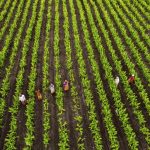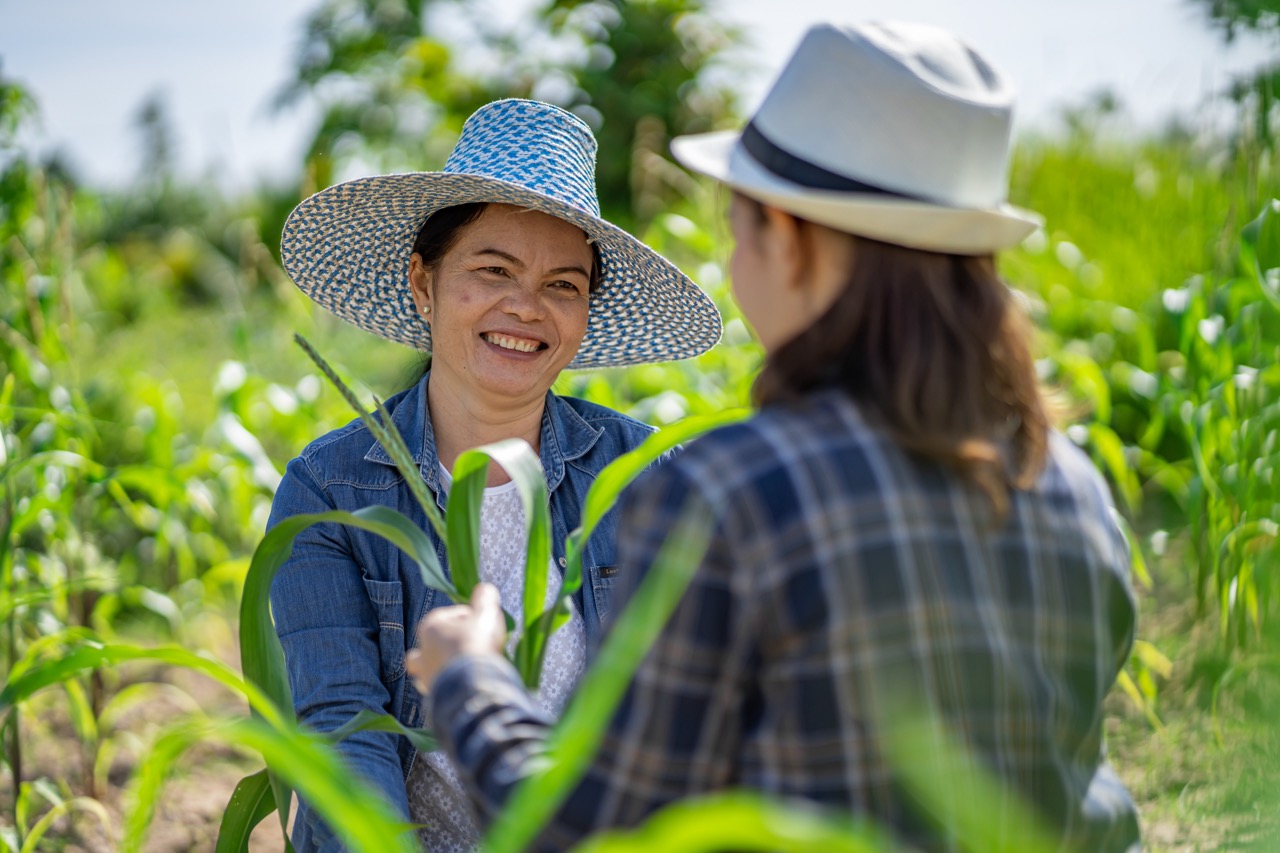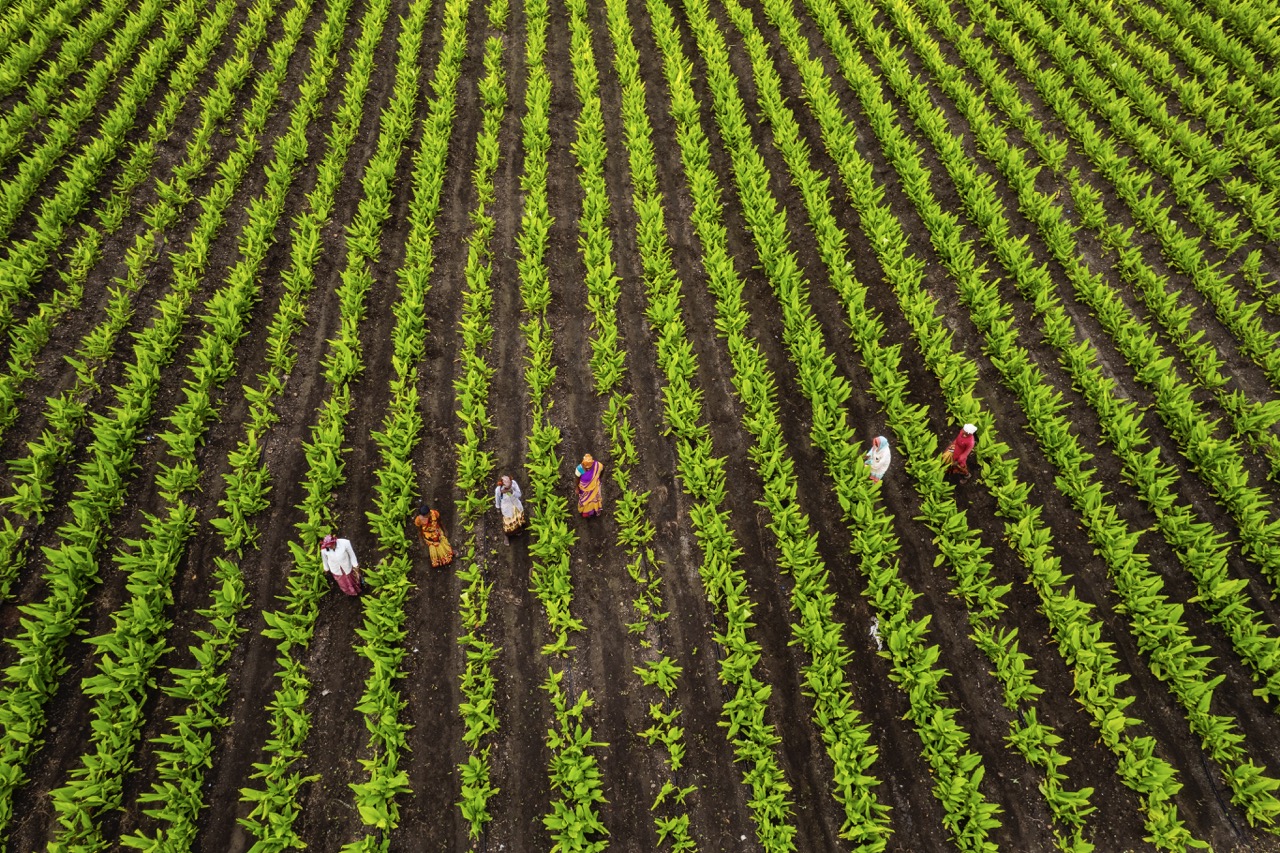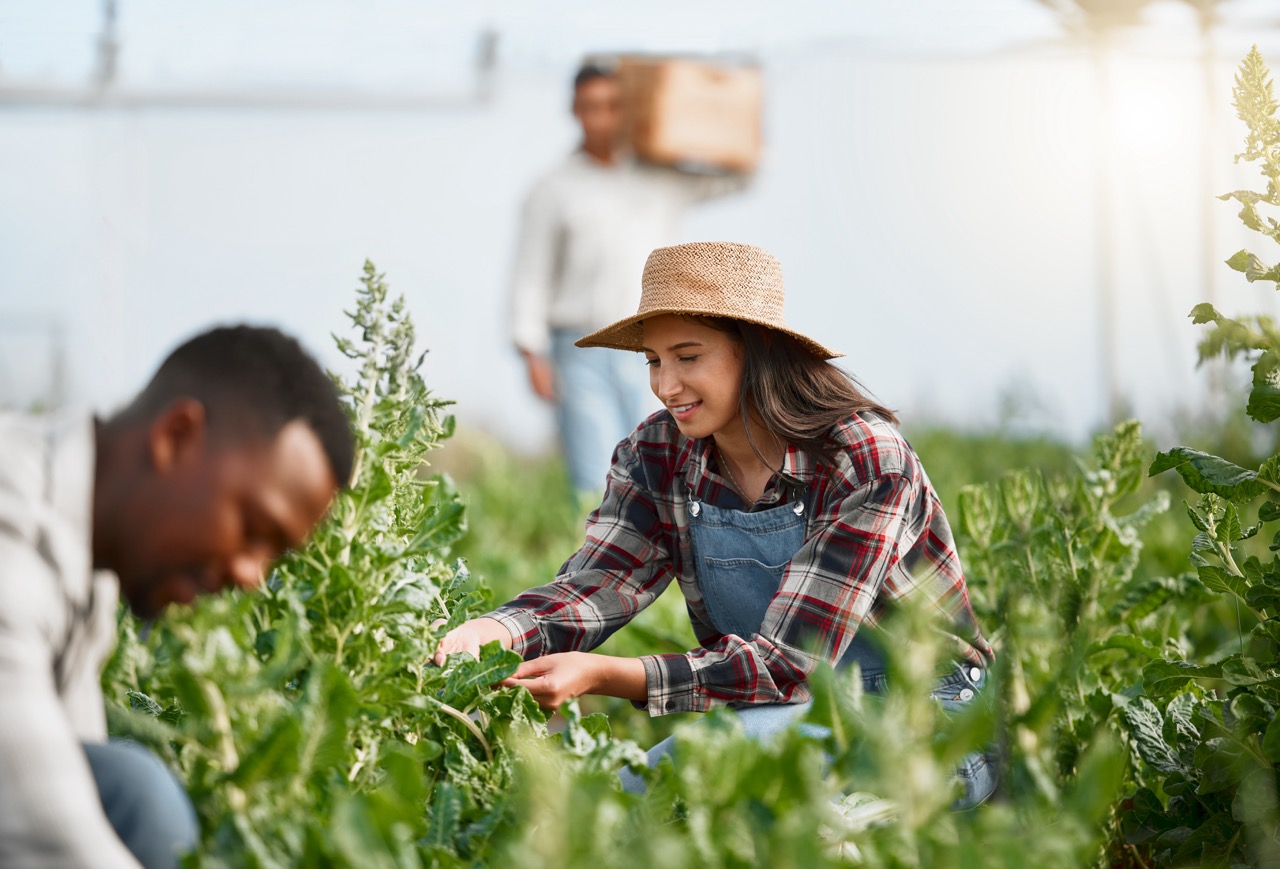Sharecropping has long been a contentious topic in discussions about agriculture and rural economies. Traditionally associated with the post-Civil War South in the United States, sharecropping involves landowners providing land, tools, and seeds to tenant farmers, who in return give a share of their crop to the landowners. Despite its controversial roots, sharecropping has evolved and can play a significant role in ensuring food security in rural areas. This article explores the historical context of sharecropping, its economic benefits, its potential for promoting sustainable farming practices, and offers policy recommendations aimed at enhancing food security through this agricultural system.
The Historical Context of Sharecropping in Agriculture
Sharecropping emerged in the United States during the Reconstruction era as a response to the economic devastation faced by the South after the Civil War. Landowners, many of whom had lost their labor force due to emancipation, sought a way to maintain agricultural production without direct operational costs. Sharecropping provided a solution that allowed landowners to escape the financial burdens of hiring laborers while giving newly freed African Americans a means of economic survival. Understanding this historical context is essential, as it highlights the complex interplay between social justice, economic opportunity, and agricultural productivity.
In many rural areas around the world, sharecropping has similarly served as a bridge connecting landowners and laborers. This system has allowed smallholder farmers, often lacking resources, to cultivate land and produce food. Sharecropping historically served as a transitional model, enabling individuals and families to engage in agriculture without the constraints of land ownership. Such arrangements have persisted, adapting to local contexts, and have remained relevant in contemporary rural economies.
However, the legacy of sharecropping is not without its challenges. Often characterized by exploitative practices and inequitable agreements, sharecropping has faced criticism over the years. Landowners have sometimes exerted significant control over the terms of cultivation and crop distribution, leading to cycles of debt for sharecroppers. A nuanced understanding of this history is crucial for examining how sharecropping can be reimagined as a potential vehicle for food security, especially in regions that continue to experience economic disparities.
Economic Benefits of Sharecropping for Rural Communities
Sharecropping can provide vital economic benefits to rural communities, particularly in areas where access to capital is limited. For many smallholders, sharecropping allows them to cultivate land without the financial burden of purchasing it outright. This arrangement can facilitate the production of staple crops, ensuring that families have access to food while also generating income through surplus sales. As sharecroppers produce more crops, the overall economic activity in their communities can increase, stimulating local markets and creating jobs.
Furthermore, sharecropping can enhance resilience among communities facing economic volatility. In a sharecropping arrangement, risks are often shared between landowners and tenants, which can foster stability in agricultural production. When farmers face adverse weather conditions or market fluctuations, the shared nature of the arrangement allows for negotiation and flexibility in crop decisions. This adaptability can help mitigate the impact of economic shocks, contributing to a more resilient rural economy.
Moreover, sharecropping can encourage community cohesion and cooperation. By working collaboratively, sharecroppers can share resources, knowledge, and best practices, enhancing their agricultural output. This social capital not only empowers individuals but can also lead to collective action for better local governance and resource management. As rural communities strive for greater food security, the economic benefits derived from sharecropping can play a pivotal role in strengthening local economies.
Sharecropping’s Role in Promoting Sustainable Farming
The potential for sharecropping to promote sustainable farming practices is significant. By engaging in diversified cropping systems, sharecroppers can reduce their reliance on monoculture and chemical inputs, leading to healthier soil and ecosystems. Implementing sustainable practices such as crop rotation, agroforestry, and organic farming can enhance soil fertility and contribute to long-term agricultural productivity. These approaches not only ensure food security for sharecroppers but also benefit the environment by preserving biodiversity and reducing the ecological footprint of farming.
Furthermore, the relationship between landowners and sharecroppers can facilitate the adoption of sustainable practices. Landowners who prioritize sustainability can provide guidance, resources, and incentives for sharecroppers to implement environmentally friendly practices. By fostering a culture of sustainability within sharecropping agreements, both parties can reap the benefits of improved crop yields and reduced environmental impact, leading to a more sustainable agricultural system overall.
In addition, sharecropping can serve as a model for incorporating traditional ecological knowledge into modern agricultural practices. Many sharecroppers possess valuable insights into local ecosystems and sustainable farming methods passed down through generations. By valuing this knowledge and integrating it into modern practices, sharecropping can support innovative solutions to food security challenges while preserving cultural heritage and promoting community resilience.
Policy Recommendations to Enhance Food Security Through Sharecropping
To leverage sharecropping as a tool for enhancing food security, policymakers must prioritize equitable agreements that protect the rights and livelihoods of sharecroppers. Establishing clear legal frameworks governing sharecropping practices can provide security and transparency for both parties, encouraging fair negotiations and reducing exploitation. Policies that support education and awareness about rights can empower sharecroppers, enabling them to advocate for better terms in their agreements.
In addition, government support for cooperatives can enhance the benefits of sharecropping. By encouraging the formation of cooperatives among sharecroppers, communities can pool resources, access markets, and negotiate better terms with landowners. Cooperatives can also facilitate collective investment in sustainable farming practices, leading to increased productivity and food security. Providing technical assistance and financial resources to support these cooperatives will be essential in maximizing their impact.
Lastly, investing in agricultural infrastructure is critical for enhancing food security through sharecropping. This includes improving access to irrigation systems, storage facilities, and transportation networks. By reducing post-harvest losses and improving market access, sharecroppers can maximize their profits and ensure a stable food supply for their communities. Policymakers must recognize the importance of these investments to create an enabling environment for sharecropping to thrive as a sustainable and equitable agricultural model.
In conclusion, sharecropping has the potential to play a vital role in ensuring food security in rural areas. By understanding its historical context, leveraging its economic benefits, promoting sustainable farming practices, and implementing supportive policy measures, sharecropping can be revitalized as a mechanism for agricultural development. As communities confront the challenges of food insecurity and economic instability, a reimagined approach to sharecropping offers a pathway to resilience, sustainability, and empowerment in rural agricultural systems.










